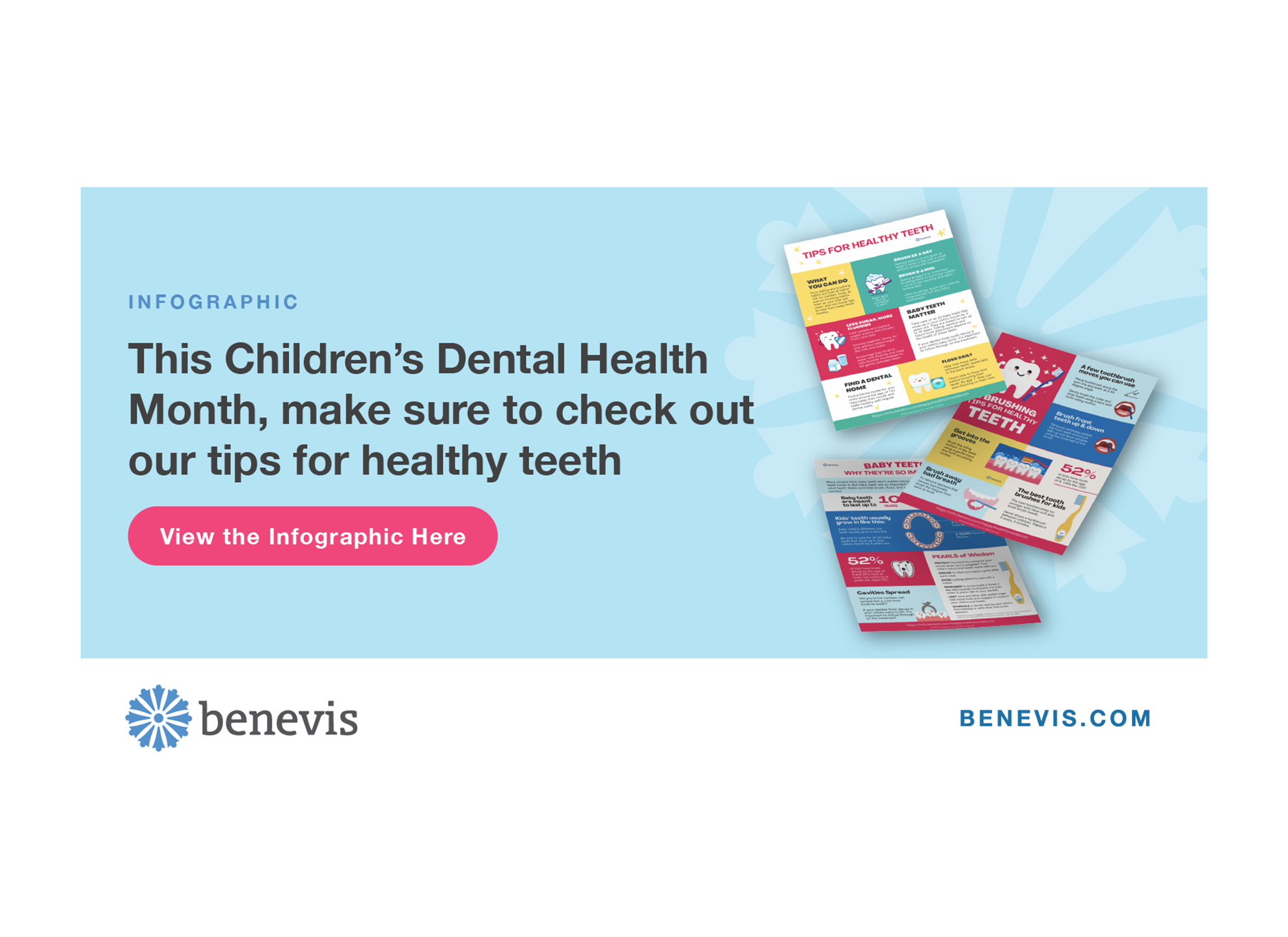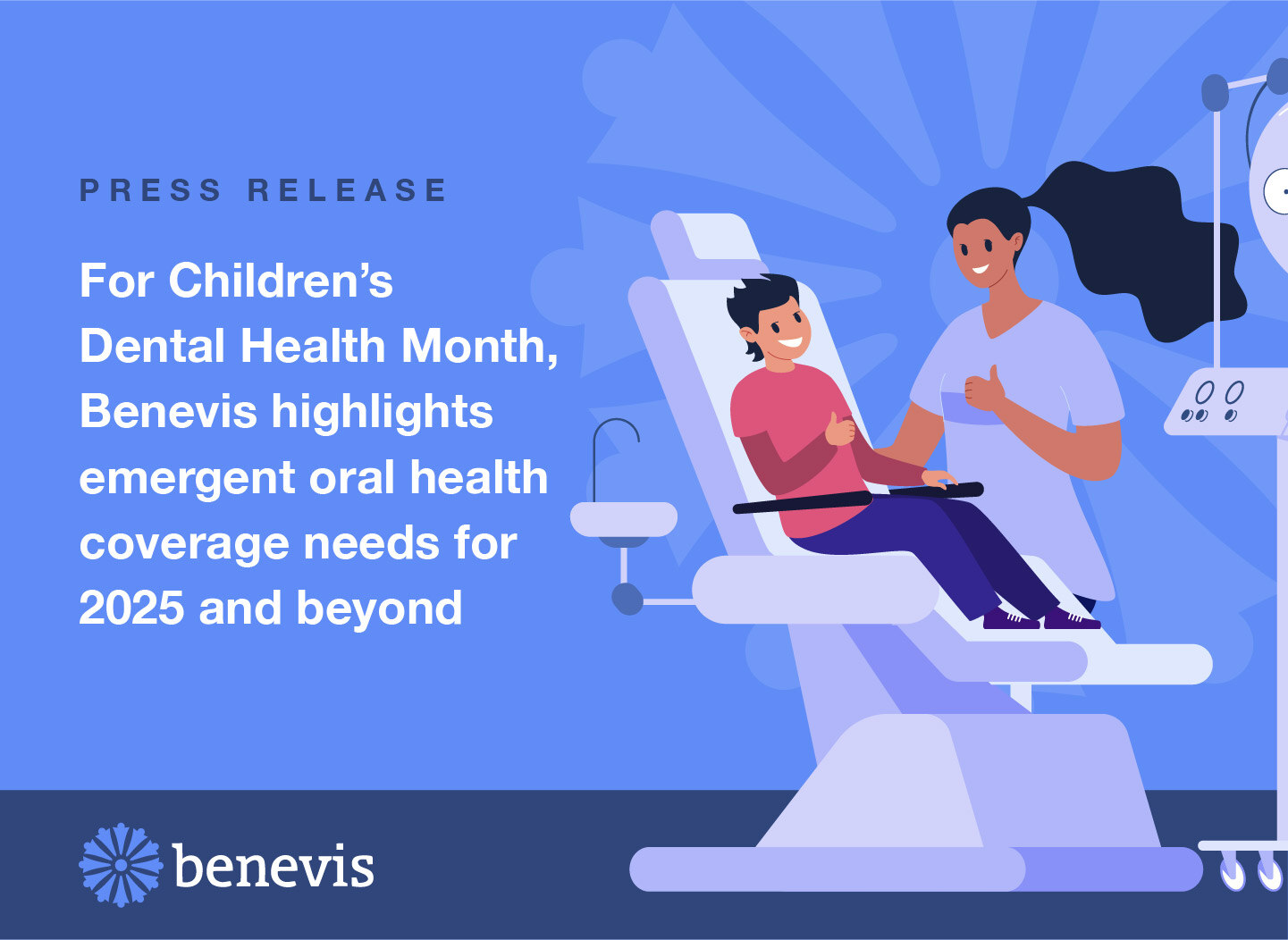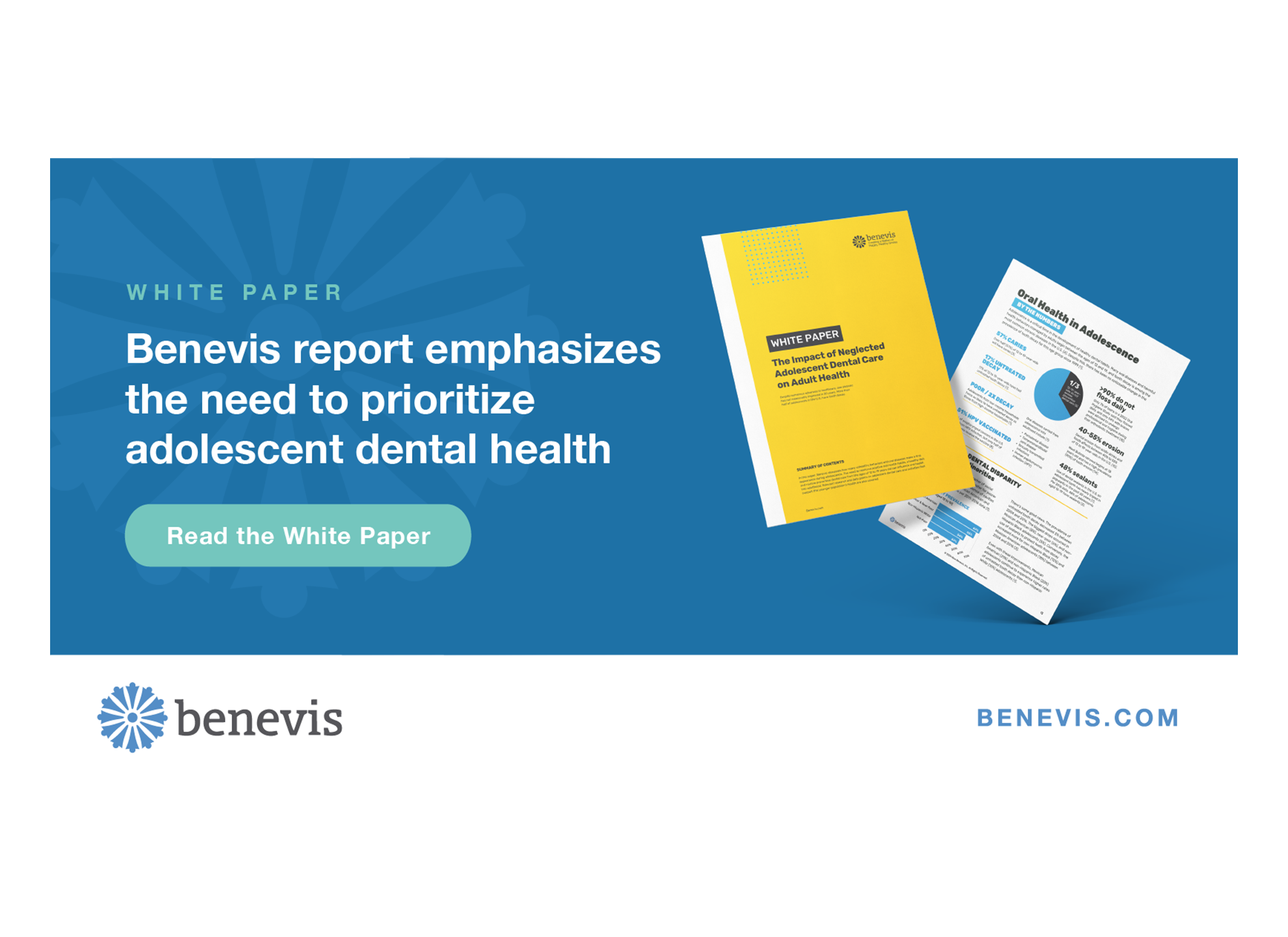The Back-to-School Essential We Overlook: Our Children’s Oral Health
Benevis CEO Bryan Carey recently authored an article for MedCity News advocating for a dental checkup to be part of the back-to-school checklist to set kids up for success in and out of the classroom. This version gives some perspective on what Benevis is doing to support it.
It’s back to school for millions of U.S. children. As caregivers prepare for another academic year the countdown checklist includes new backpacks, school supply shopping, meet the teacher events, and scheduling the annual physical. What’s sorely overlooked but critical: our children’s oral health. As the CEO of Benevis, a national dental healthcare and orthodontics delivery organization that cares for primarily underserved communities, I’ve seen firsthand how dental issues can derail a child’s classroom performance before the year even begins.
The most common chronic condition for children is dental caries (tooth decay and/or cavities), with a prevalence greater than 40% among children 2 to 19 years of age. These oral issues can have a profound effect on the health and well-being of children and their families in the near term, but with ripple effects on their long-term quality of life if not addressed. So, while many schools require an annual physical to attend school and/or participate in activities such as sports, essential dental care is largely ignored. This presents a missed opportunity that could have a profound impact on many children, particularly those from underserved communities across the U.S.
I believe a dental checkup should be part of the back-to-school checklist to set up our children for success in and out of the classroom. According to a systematic review published in the Journal of the American Dental Association in 2019, poor oral health was significantly associated with an increased chance of poor academic performance as well as absenteeism. On average, 34 million school hours are lost each year due to unplanned (emergency) dental care, cited one study by the American Academy of Pediatric Dentistry. Another study found, on average, elementary school children miss six days of school per year – and over a third of them, 2.1 days, were due to dental problems. The research also found these children are four times more likely to have a lower grade point average. These absences add up, affecting not just attendance records but also long-term academic performance.
Take Mississippi as an example. According to the Commonwealth Fund’s 2023 Scorecard on State Health System Performance Mississippi ranked last after all other states and Washington, D.C. The same report ranked Mississippi 47th for healthcare access and affordability. For children in the state, 7% are uninsured and 49% were without age-appropriate medical and dental preventive care visits in the past year.
Our dentists see these health disparities firsthand from children and families that come into our five practices across the state during more than 85,000 annual patient visits. Of those patients, more than 83% rely on Medicaid or Children’s Health Insurance Program (CHIP) plans to cover their cost of care. The dental teams in Mississippi tell me patients have often looked for a while for a dentist willing to take Medicaid or CHIP – and once they find these practices, there are often significant concerns to address because of missed care. Our team works hard to address the problems outside of school hours whenever possible. Three of the five clinics hold hours on Saturdays knowing how critical attendance is to their future success. I encourage other dental providers to look for innovative ways to help expand access to essential dental care for children and their families to set them up for success in and out of the classroom.
Having access to oral healthcare is critical for all children, but especially those from marginalized groups. Children from low-income households are twice as likely to have cavities as children from higher-income households, according to the Centers for Disease Control. The CDC’s 2019 Oral Health Surveillance Report found that while disparities in oral health by race or ethnicity and poverty have improved since the early 2000s, there are still gaps, particularly for some racial and ethnic minorities and lower-income patients. The shrinkage in disparities was attributed to a near doubling of children covered by Medicaid and Children’s Health Insurance Programs (CHIP). While that is great news, I fear the recent unraveling of Medicaid could push many of those underserved children and families back again, with nearly 25 million people(goes to new website) losing their Medicaid coverage since states started redetermining eligibility, according to the health policy group KFF.
Beyond avenues to expand coverage for low-income families, dental providers can also support these communities. While 43% of U.S. dentists are signed up to accept Medicaid or CHIP plans for children, 67% did not treat a single child covered by one of these plans(goes to new website). It is imperative for providers to flip this stat around and provide new opportunities to care for children without insurance as much as they are able. Together, we can create a positive change for these children that will last far beyond their school years.
As we send our kids back to school this fall, let’s remember that a healthy smile is about more than looks, although we know that matters to our children too. It’s about giving our children the best possible start in life, free from the pain and distraction of dental problems, which are likely to occur if left untreated. By prioritizing oral health now, we’re investing in our children’s future success in the classroom and beyond. Adding a dental exam to the back-to-school checklist is an important first step.
Read the original article in MedCity News.


